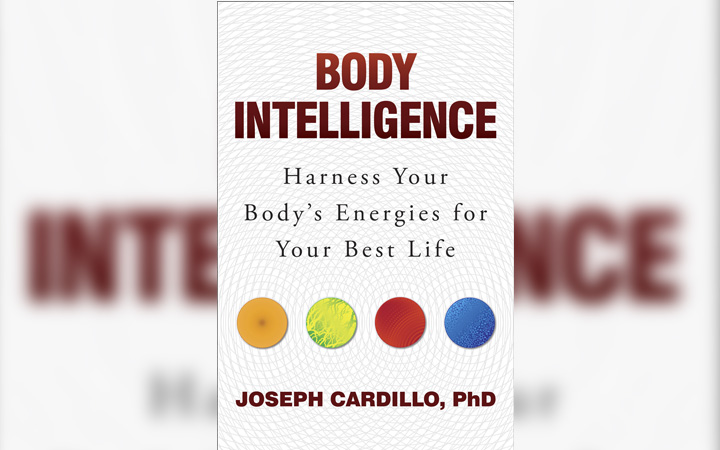“The Benefits of Regulated Breathing” Body Intelligence

Although regulated breathing is a traditional idea, it provides the foundation for many energy-building techniques in the world of psychology, medicine, and holistic medicine. This is why so many wellness programs, whether in the ivory towers of academia or in a tiny yoga class in your hometown, begin with simple breathing techniques. It is also why so many mindfulness exercises, which are currently the rage in Western medicine, begin with the same breathing skills. I wasn’t surprised to find that associates from Harvard and Columbia Universities, with whom I worked on collaborative projects, used these techniques effectively as part of their clinical work.
But how can a breathing technique turn an everyday chore into an energy-building activity rather than an energy-consuming activity?
From a scientific perspective, better breathing is a good first step toward calming your body and mind and reversing the effects of stress. We know that stress can contribute to poor focus, depression, diabetes, and many other health concerns. But with stressors out of the picture, you will be stronger and healthier, and you will perform better. Furthermore, once you’re calm, the positive energy you tap, can come on more quickly and smoothly, and will last longer. So as my sensei suggested, it is good to empty your mind and body of stressful energy and replace it with something better.
In terms of overall energy, measured breathing works like a good self-massage. When you breathe in, your diaphragm descends, massaging our abdominal organs, and your lungs expand. As you breathe out, your diaphragm massages back again against your lungs, helping them to expel carbon dioxide. The activity is like a gentle, internal rubdown that opens various acupoints within the body and releases your natural energy flow.
The sound of your breath causes a functional (positive) distraction (much like music did for Lily). This distraction enables your mind to be smoothly launched from where it is at the moment into a new place as well as a new frequency that, with practice, becomes associated with calm yet heightened energy. The sound and association, in turn, are literally (and naturally) able to change the pattern of your brain waves.
Such changes are similar to what can be generated electronically with a neurofeedback device. These devices prompt the brain to release a cascade of chemical changes into the bloodstream, which, in my case, alerted, calmed, and strengthened me, supplying me with the mind-set and quality of focus I needed to successfully complete my job. These brain-produced chemicals are so powerful that a healthcare provider would need a license to dispense a commercial version.
More than anything, though, using this simple, regulated breathing exercise helped me to tap all areas of the body’s energy resources—light, chemical, electrical, heat, mechanical, sound. It simultaneously soothed and energized me, ultimately making me feel euphoric—a combination of sensations I registered (and ingrained) in my mind as joy.
Finally, regulated breathing—because of its capacity to focus you in the present as well as immediately connect your mind and body—can be extremely useful in preparing you to detect and interact with the more subtle energies.

 bout the Author
bout the Author




